When you’re looking to optimize your website and get more traffic, one of the best ways to do so is by using long-tail keywords. Long-tail keywords are specific phrases used by people when searching for something on the internet.
For instance, if someone wants to learn how to solve a problem with their website or blog, they might type in “how do I fix my broken WordPress site?” rather than just “fix broken website” as one of their search terms.
The benefit of using long-tail keywords is that they tend to be more specific than short-tail ones, which means that people who have similar problems will likely search for them using these same words.
What are long tail keywords?
Visitors are more likely to utilize long-tail keywords, which are longer and more specialized keyword phrases, when they’re near to making a purchase or when they’re utilizing voice search. Compared to short or “head” keywords, most long-tail keywords have a lower search volume. At first, they seem a little counterintuitive, but if you know how to use them, they may be quite useful.
Examples Of Long Tail Keywords
A long-tail keyword is a keyword phrase that contains three or more words, usually starting with a noun or verb. For example: “how to grow tomatoes” or “how to plant tomatoes.”
Long-tail keywords tend to have lower competition than broad keywords because they’re more specific and less common than broad keywords. They also have a better conversion rate because people who are searching for them are usually further along in the buying cycle.
Why Are Long Tail Keywords Important?
They’re more specific and targeted. A long-tail keyword is usually two to three words, whereas a broad keyword could be five or six words or longer (such as “SEO company”). This means that if you want to rank for that term, you would need to write multiple articles with the same article title and meta description, which can be unwieldy from an editorial perspective.
They’re also easier to rank for because they have less competition around them in terms of search volume and difficulty (longer tail = fewer searches per month). If someone searches for [best SEO services], they may also type in [best SEO agency] or [seo service providers].
By targeting multiple variations of one term instead of just one word or phrase like “best SEO,” you increase your potential reach by tapping into those additional search queries. That’s why it’s important to build out an expansive list of related long-tail keywords when doing SEO work so that people who aren’t able – or willing -to use certain phrases will still find what they’re looking for on your website.
How to find long-tail keywords for your site?
Some ways you can find long-tail keywords include using Google’s Keyword Planner tool. You can enter your main keyword into the tool and see suggestions for related terms that might be useful to include on your site.
You can also look at what people are searching for on Google. The search engine will show you the most popular queries related to any given topic and let you know how many searches there are per month for each term (this information is called “search volume”). You can then use these queries as inspiration for new content ideas or pages on your site!
Benefits of Using Long-Tail Keywords
Here are the benefits of using long-tail keywords:
It will help you rank for short-tail keywords too
First, they can help you rank for short-tail keywords too. If you’re looking to rank for a keyword like “cat food,” and your blog is about cats, then it makes sense that you’d want to optimize your blog for that keyword. But if you use long-tail keywords, you can optimize your blog strategy for both cat food and long-tail terms like “organic cat food.”
It optimizes your blog strategy
Second, using long-tail keywords optimizes your content strategy. It allows you to personalize your content so that readers can find exactly what they’re looking for when they click through from a search engine result page (SERP). This way, if someone searches “how much does it cost?” on Google and clicks through to one of your pages, they won’t end up being disappointed with the answer because it doesn’t match their question exactly.
It allows you to personalize your content
Long-tail keywords are a great way to personalize your content. By using these keywords, you can tailor your content to the needs of each individual user.
It allows you to personalize your content by creating pieces of content that are specifically targeted toward a specific audience. This will help you create more relevant content for your users, which will lead to higher conversions in the future!
You can get ideas from Google Analytics
You can get ideas from Google Analytics about what people are searching for when they visit your site. This information is invaluable when deciding what long-tail keywords might be useful for your business.
It prepares you for the trends of tomorrow
It prepares you for the trends of tomorrow by allowing your company’s website to stay ahead of the curve with new innovations and technologies that may become popular in future years!
Your Website Benefits from Better Conversion Rates
Your website visitors will be more likely to convert if they find exactly what they’re looking for on your site. This means that when you use long-tail keywords in your content, you’ll have better chances of getting those customers to make a purchase off of your site.
Content Gets Higher Visibility In Search Engines
Longer tail search queries are typically more unique than shorter head terms, so this means that the content found with these queries will also be more unique. This can lead to higher rankings and traffic for websites that use long-tail keywords and content as opposed to head terms alone!
They Have Lower CPC for Ads
Finally, ads with longer tail keywords have lower cost per click (CPC) rates than those with short head terms because they’re less competitively priced due to fewer advertisers bidding on them than other related terms like “coffee” or “tea”.
Disadvantages of Long Tail Keywords
The following are some disadvantages of long tail keywords:
Main Disadvantage Is Low Search Volume
The main disadvantage of long-tail keywords is that they have low search volume. This means that it’s hard to make money from them because there just aren’t enough people searching for them.
Long Tail Keyword Content Must Be Hyper-Specific
If you want to rank for a long-tail keyword, you need to focus on the exact phrase someone is using when they search for something, not just part of their query.
Long Tail Keywords Require a Lot of Web Pages
Long-tail keywords require a lot of web pages. In order to rank well for long-tail keywords, you need to write lots of content about those keywords—and keep adding more content as time goes on.
Coming Up With New Keyword Ideas Can Be Hard
You might have trouble coming up with things that haven’t already been said in the industry or things that are unique enough that they don’t sound like every other website out there talking about the same subject matter.
Should I Use Long Tail or Short Tail Keywords?
Long tail keywords are a great way to get more traffic because they’re specific to what people are actually searching for. These kinds of keywords tell you exactly who your target audience is and what they want. For example, if someone searches for “how to bake a cake,” it’s likely that they’re looking for a recipe on how to bake a cake—not just any cake, but one in particular.
Short-tail keywords, on the other hand, have high volume but less specificity. For example, if someone searches for “cake recipes” then they probably don’t care which kind of cake they’re making—they just want recipes!
Wrapping Up
So that’s it—a brief introduction to long-tail keywords. I hope this article has helped you understand the importance of using long-tail keywords, and why they are a great tool for your SEO strategy. If you have any questions about anything we covered here today, just contact LeadOrigin!





